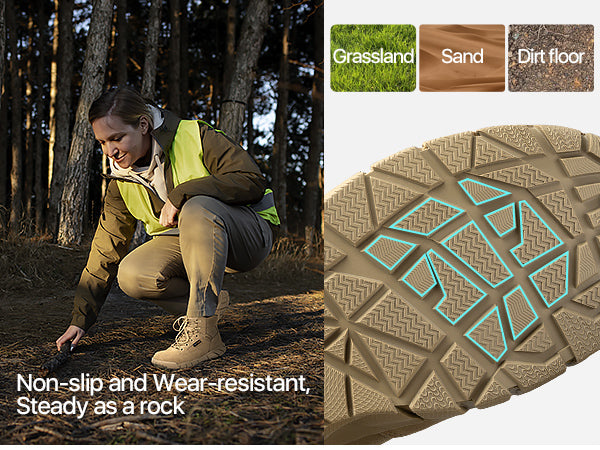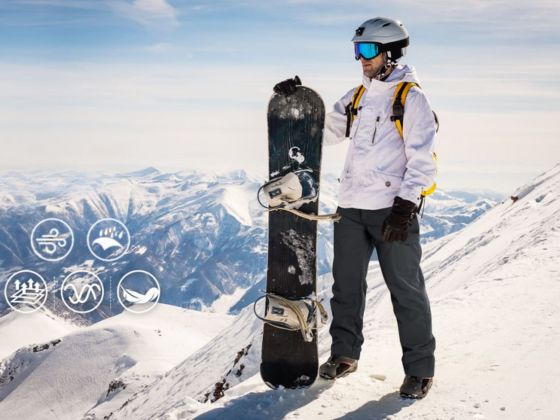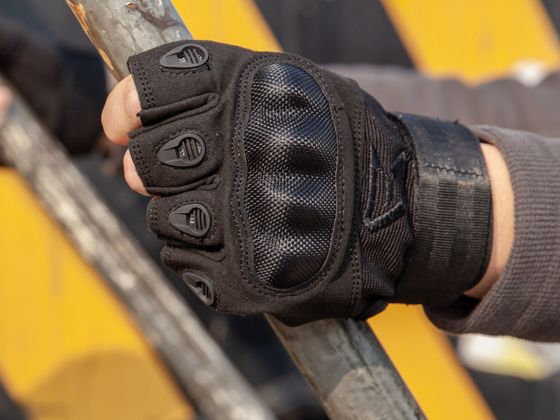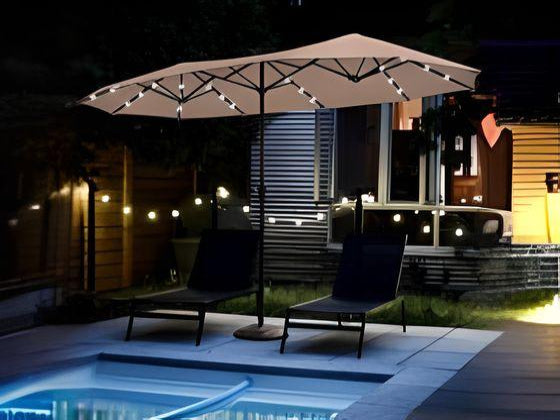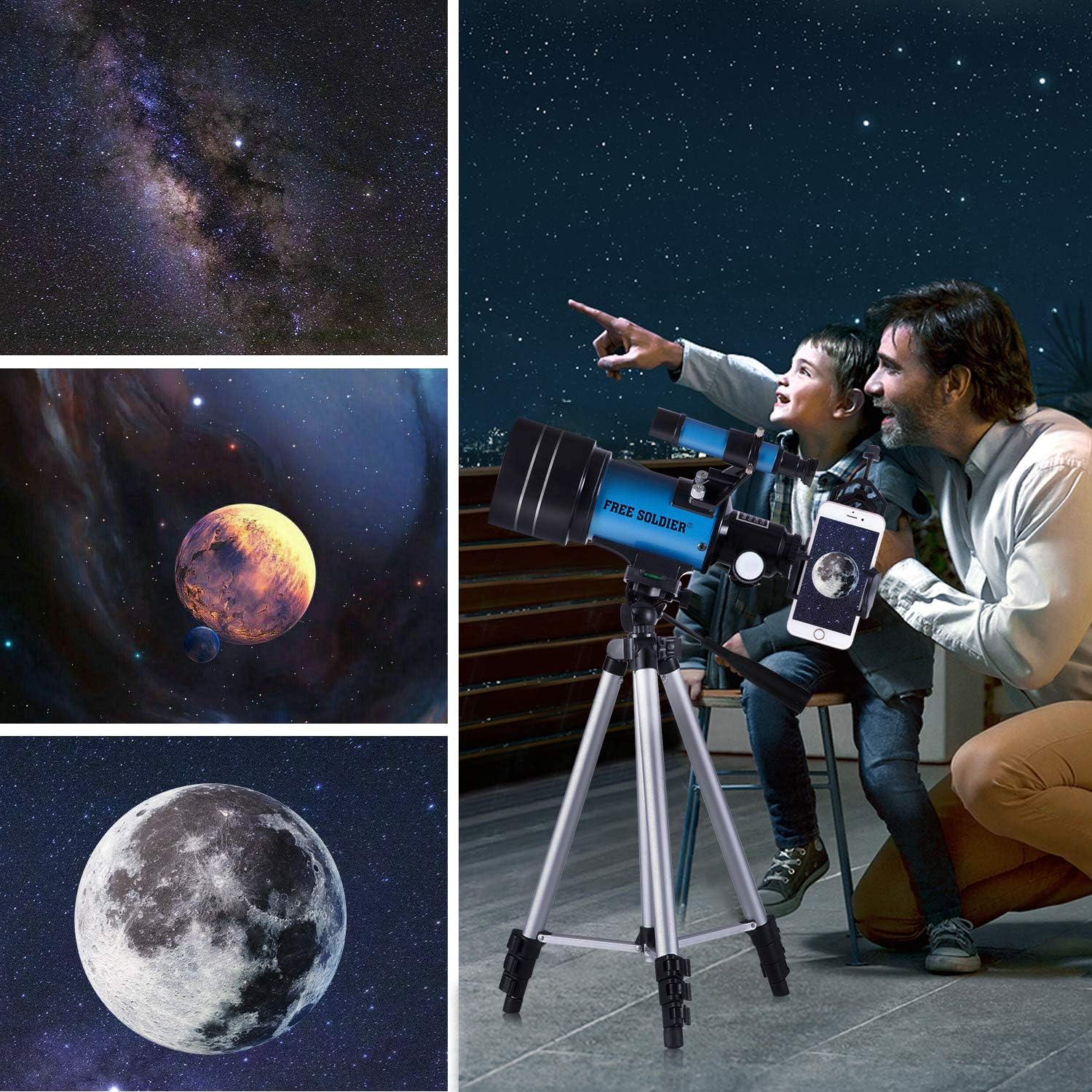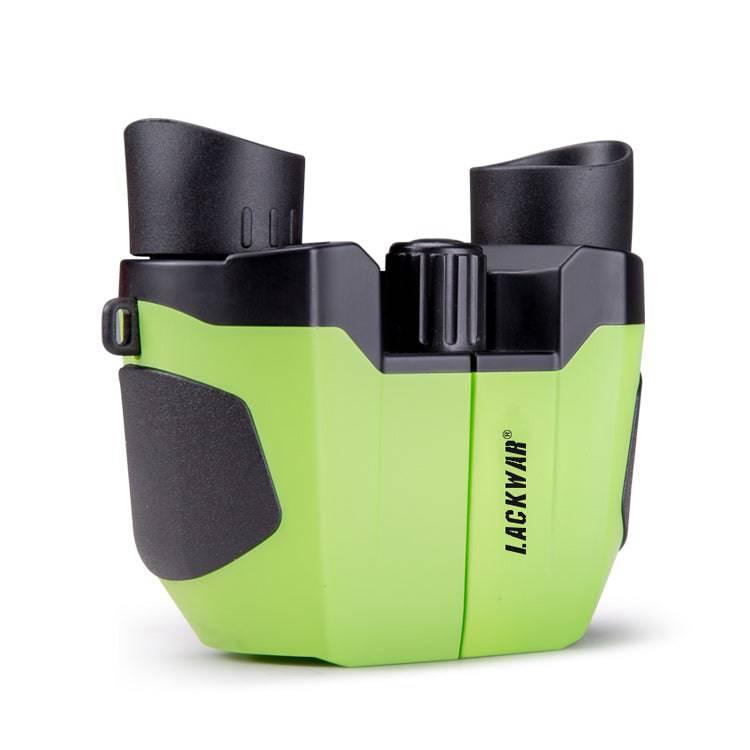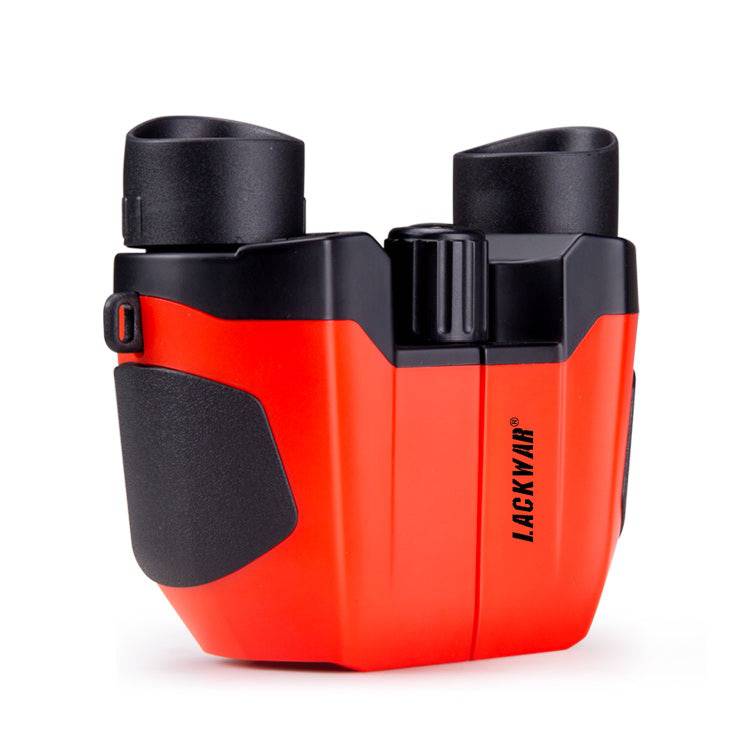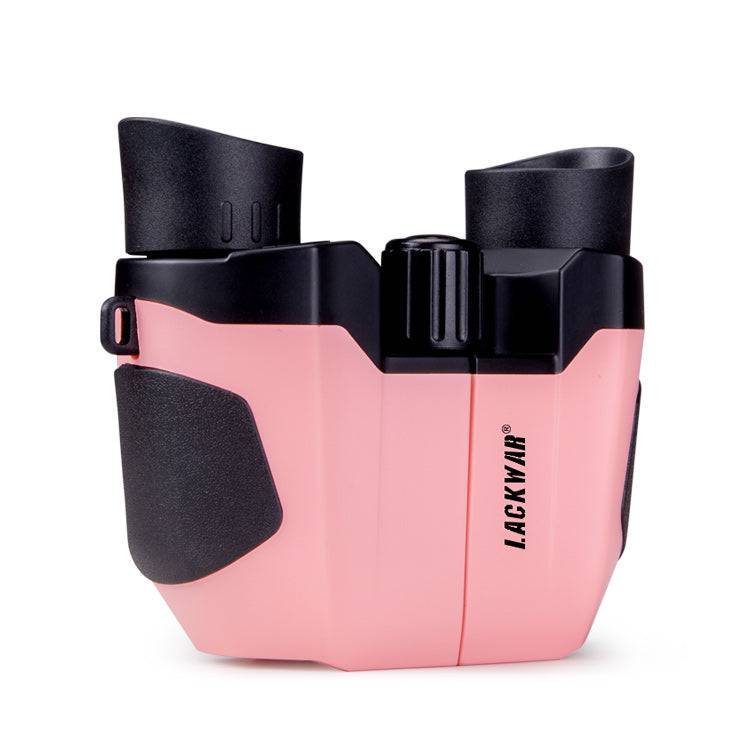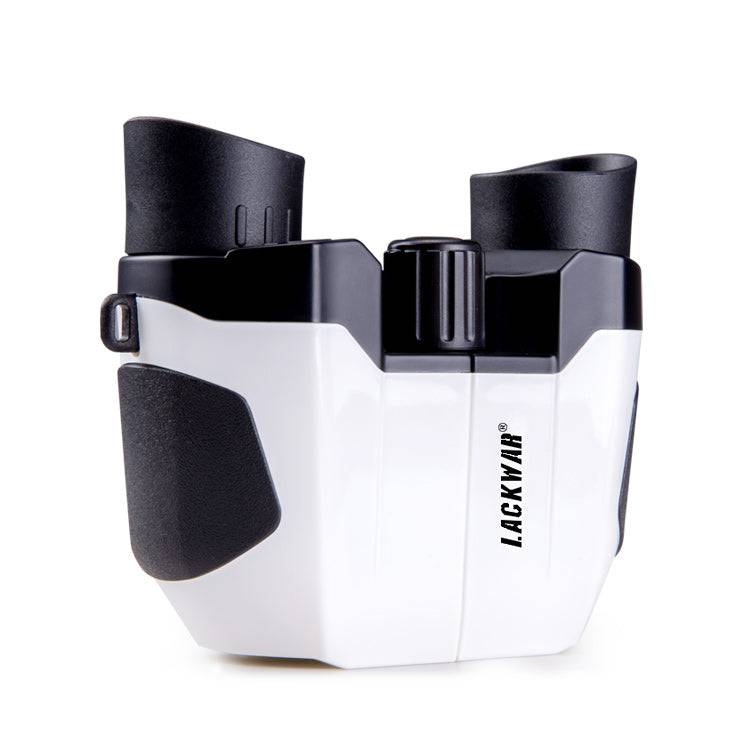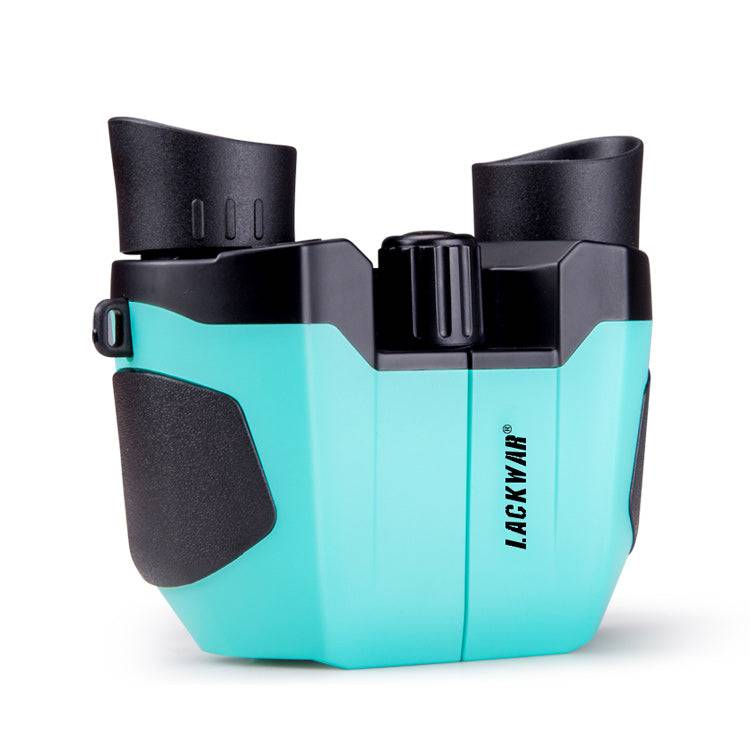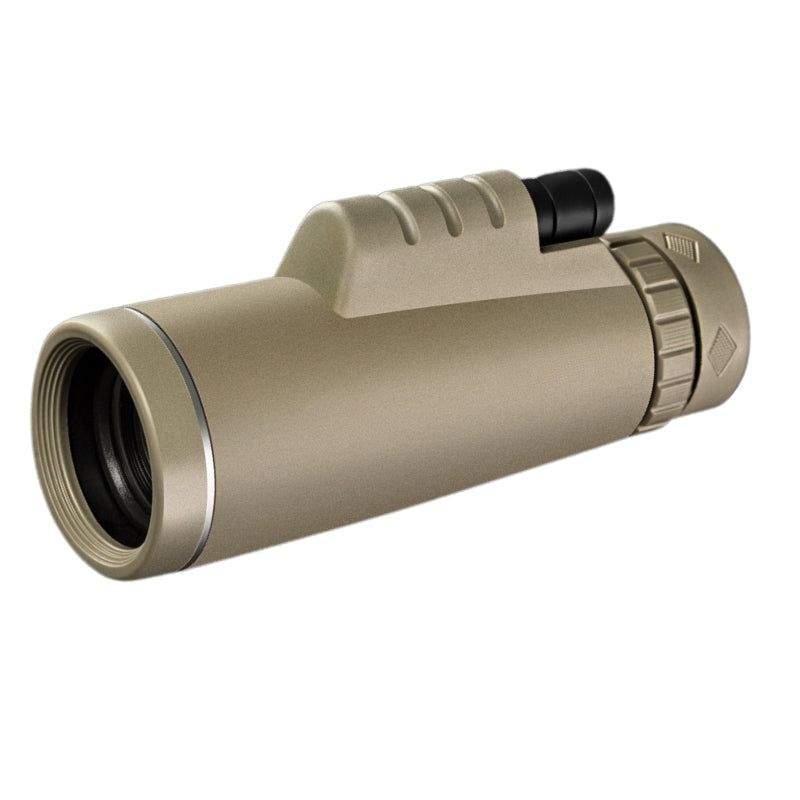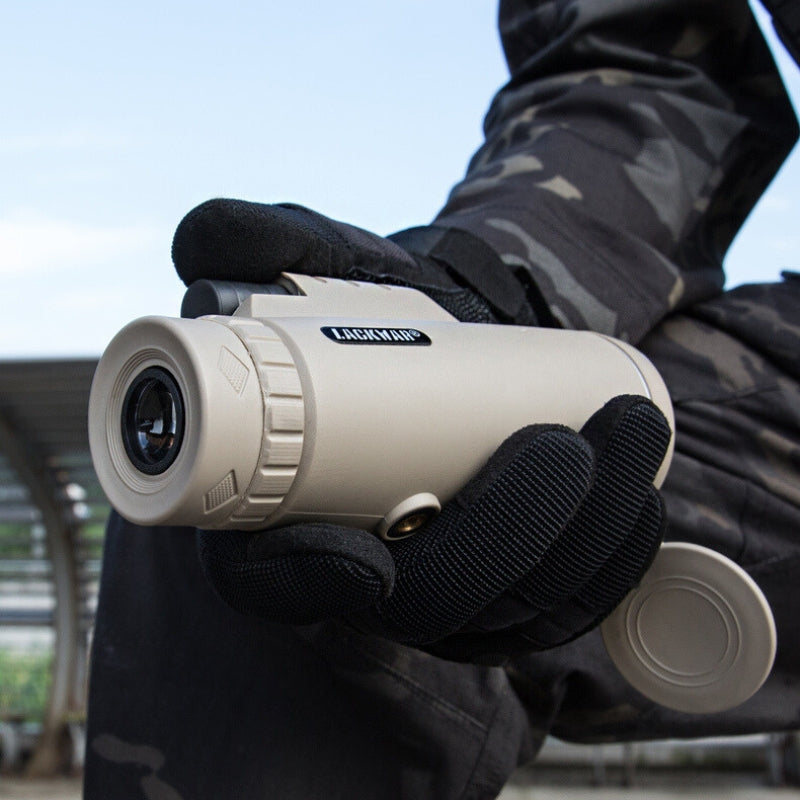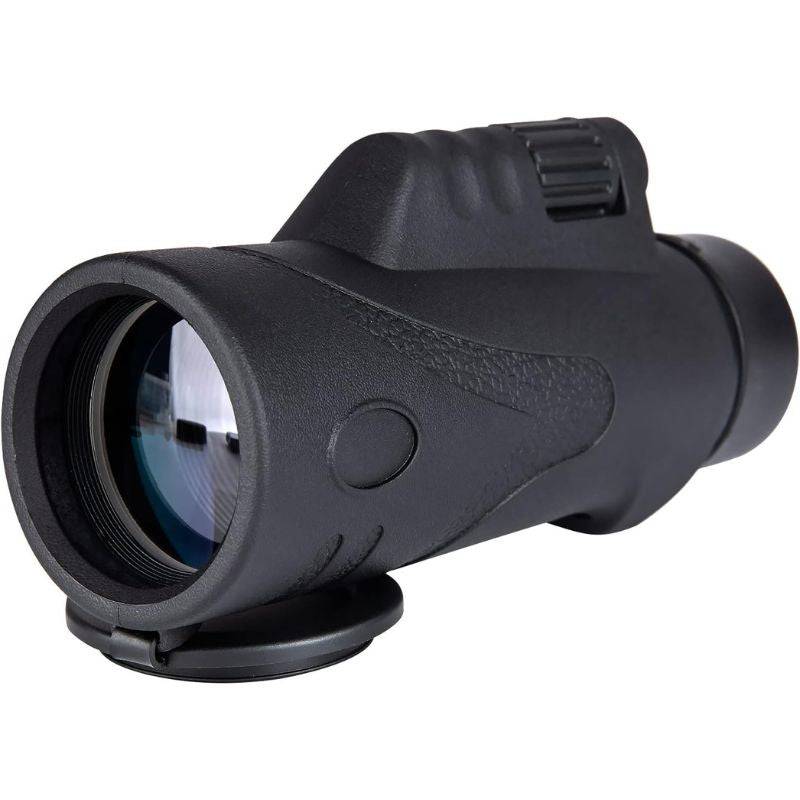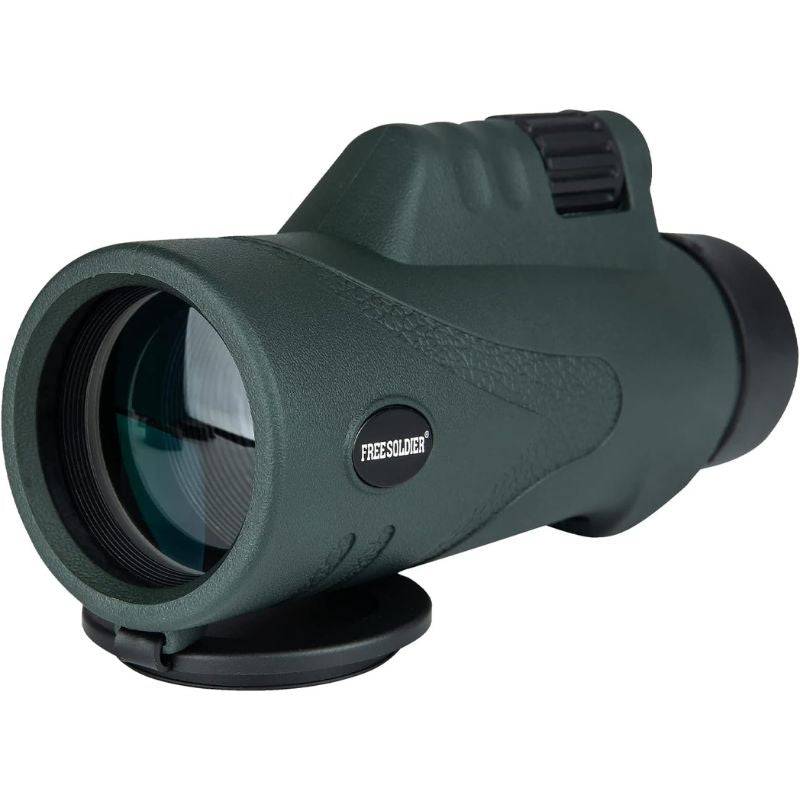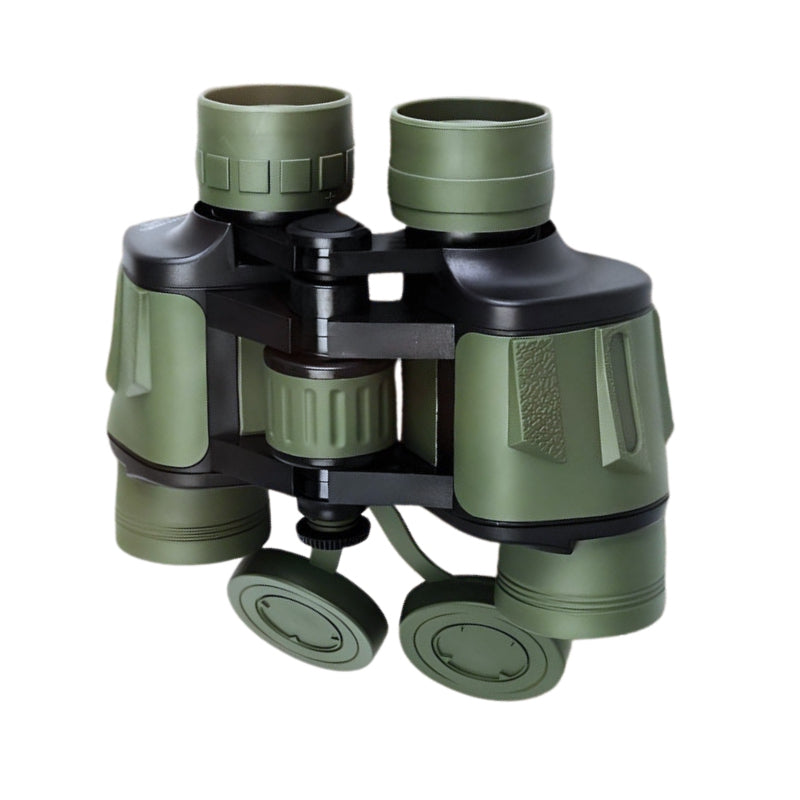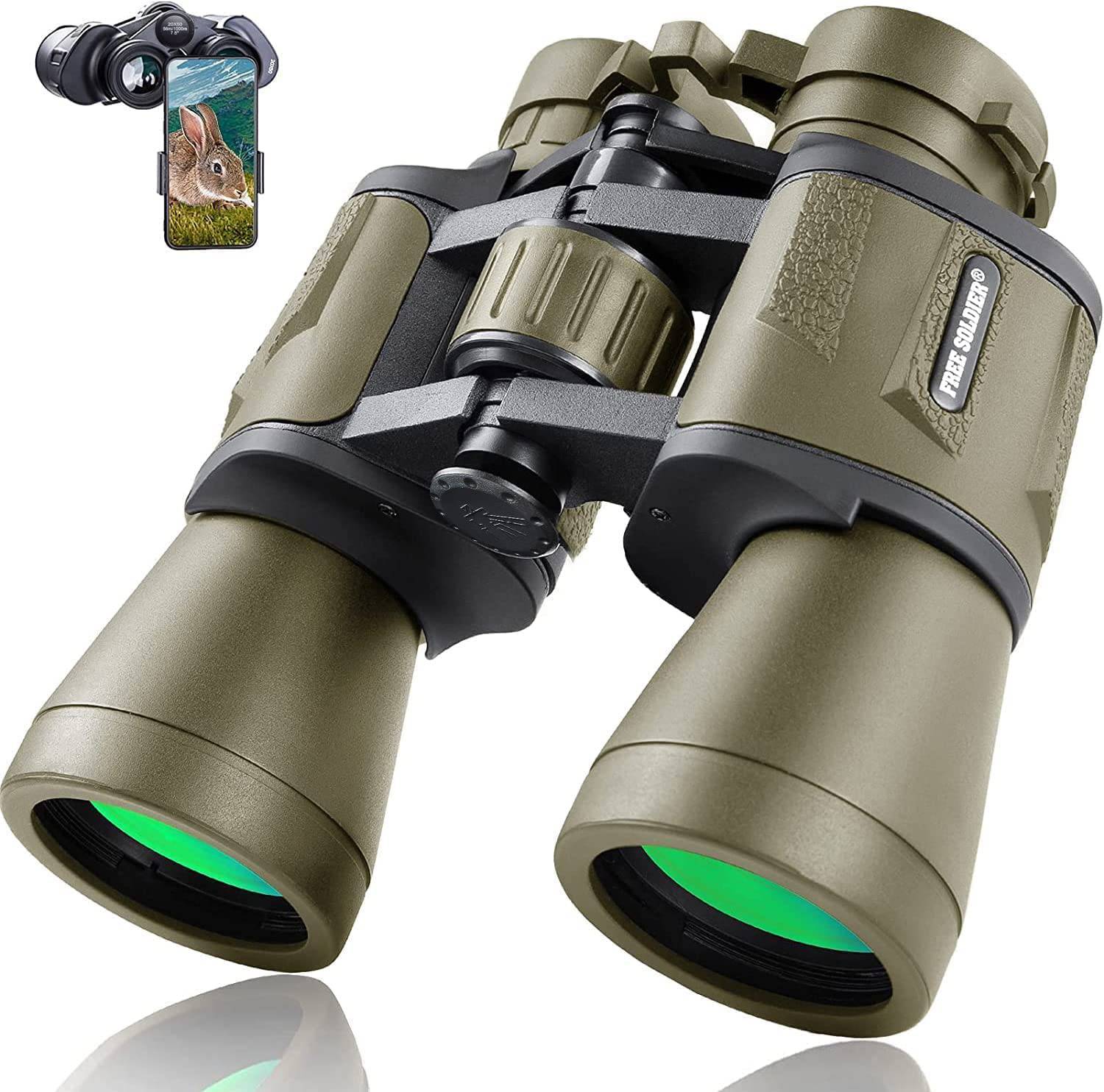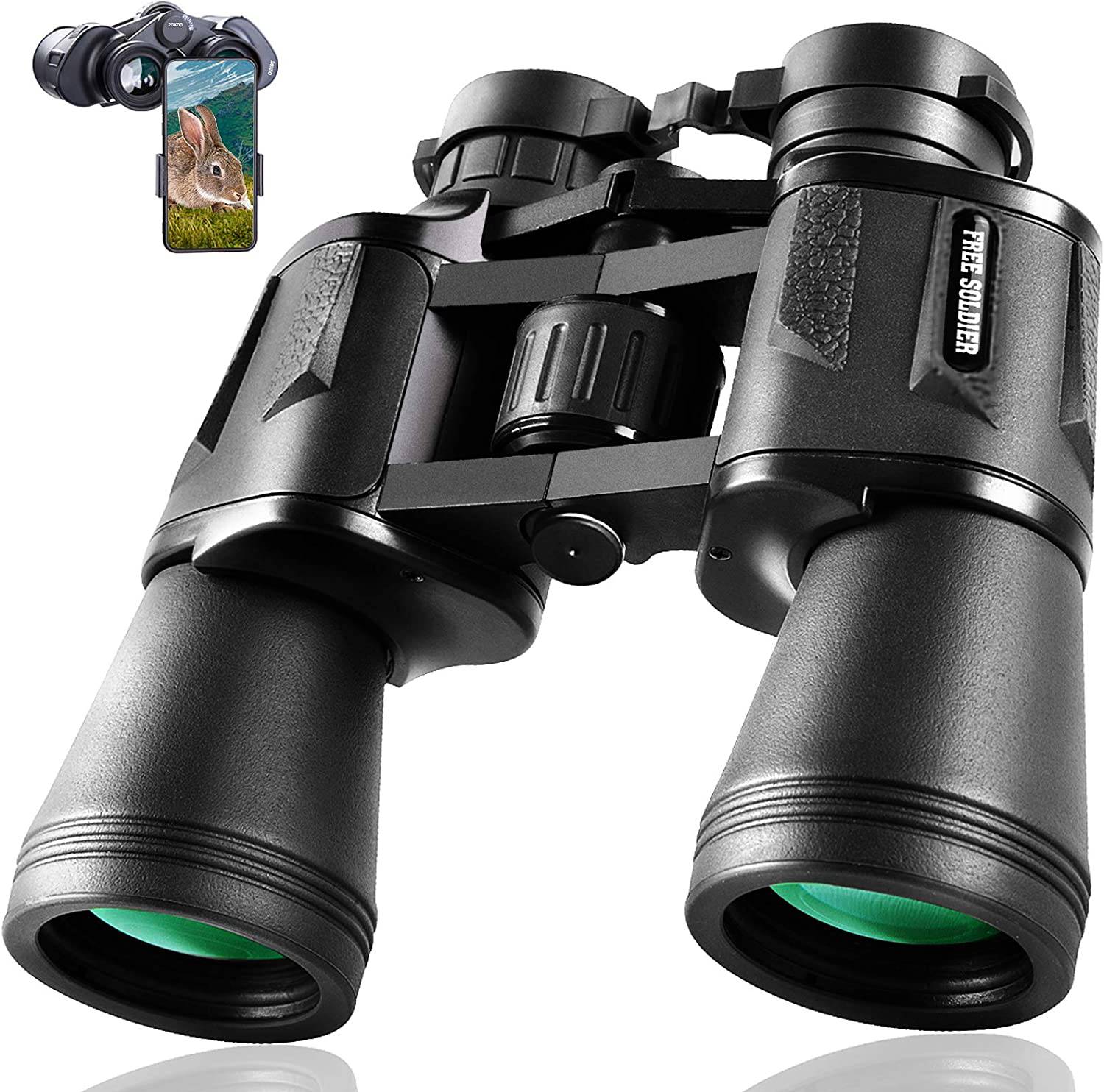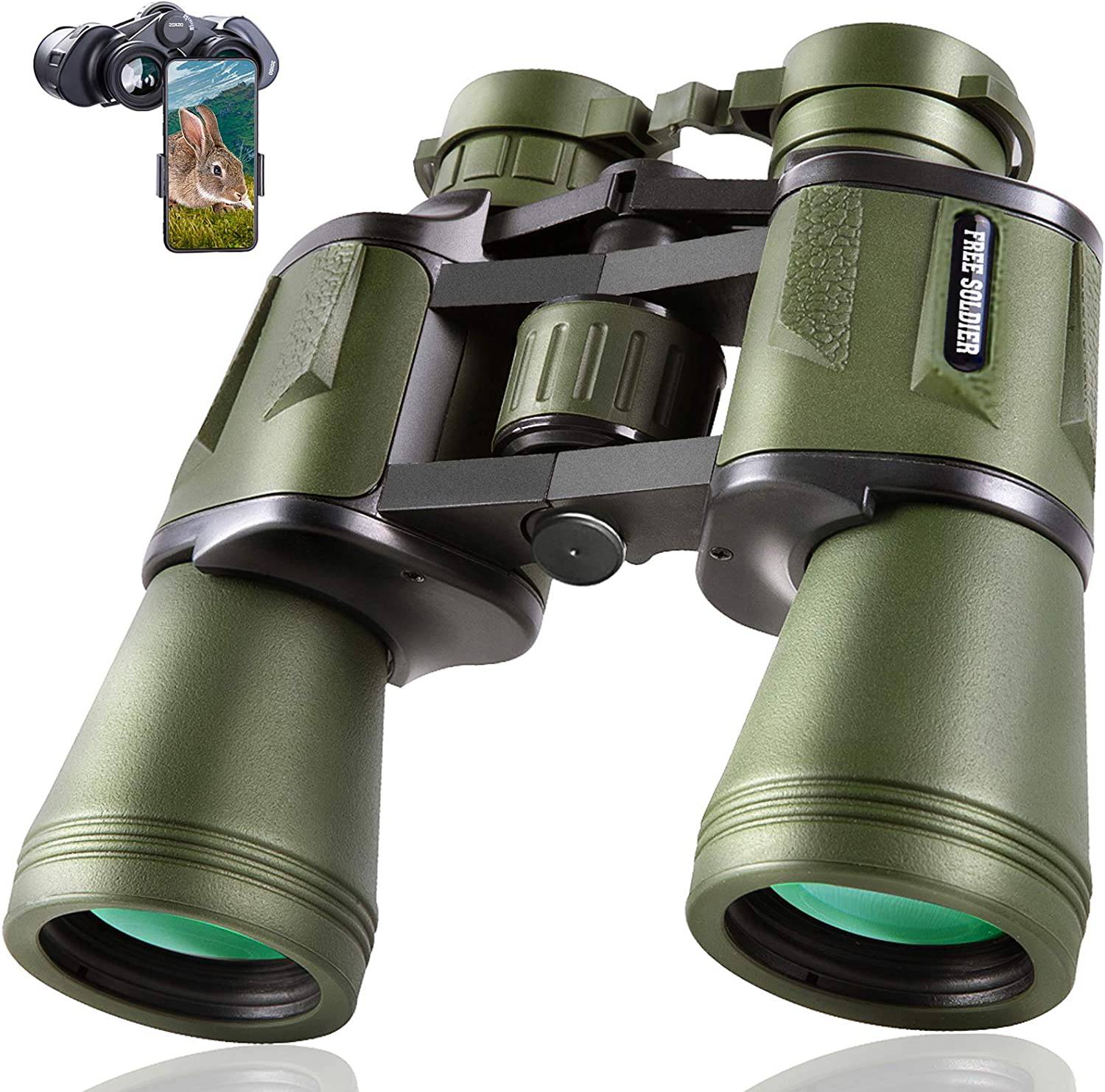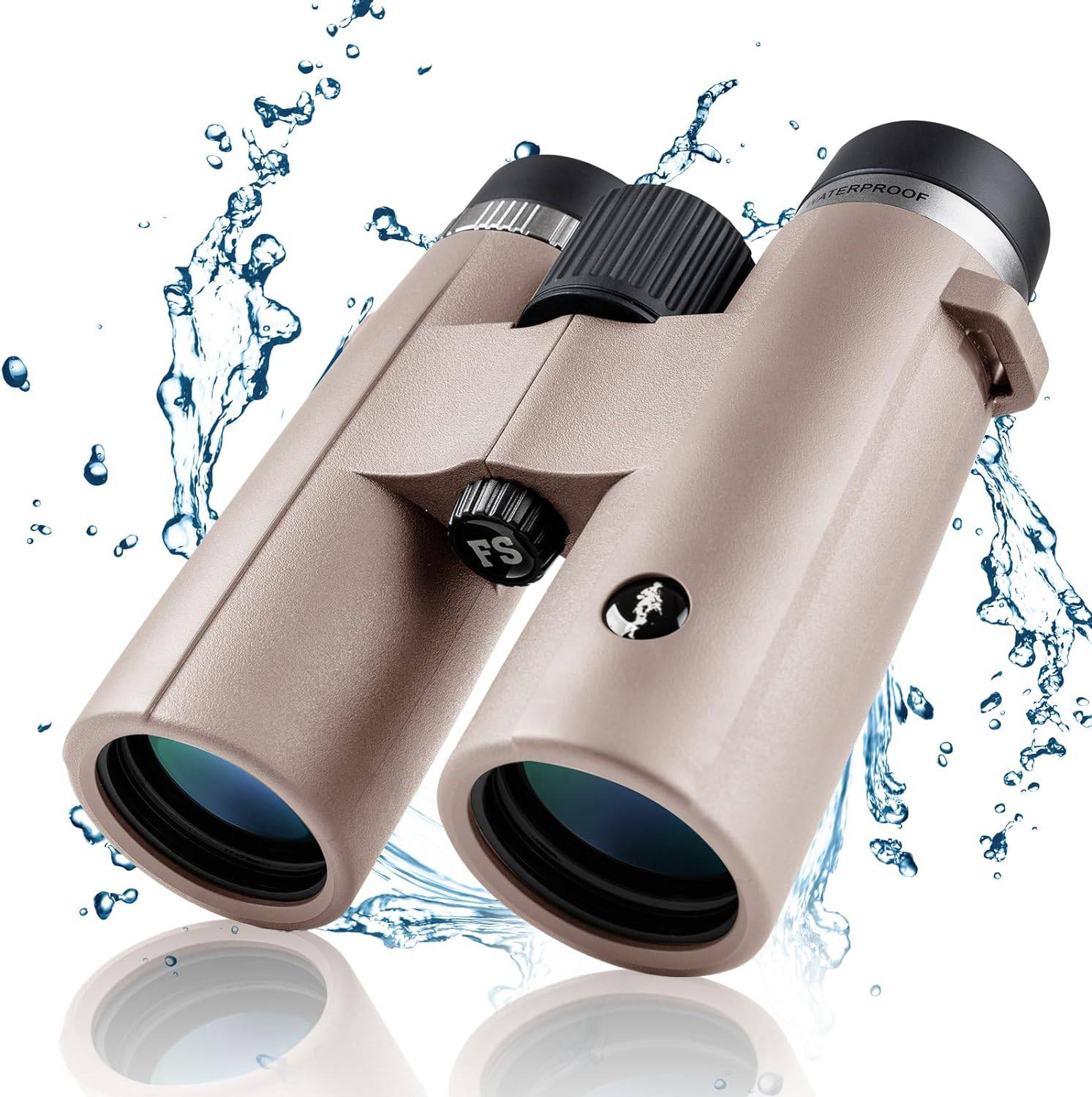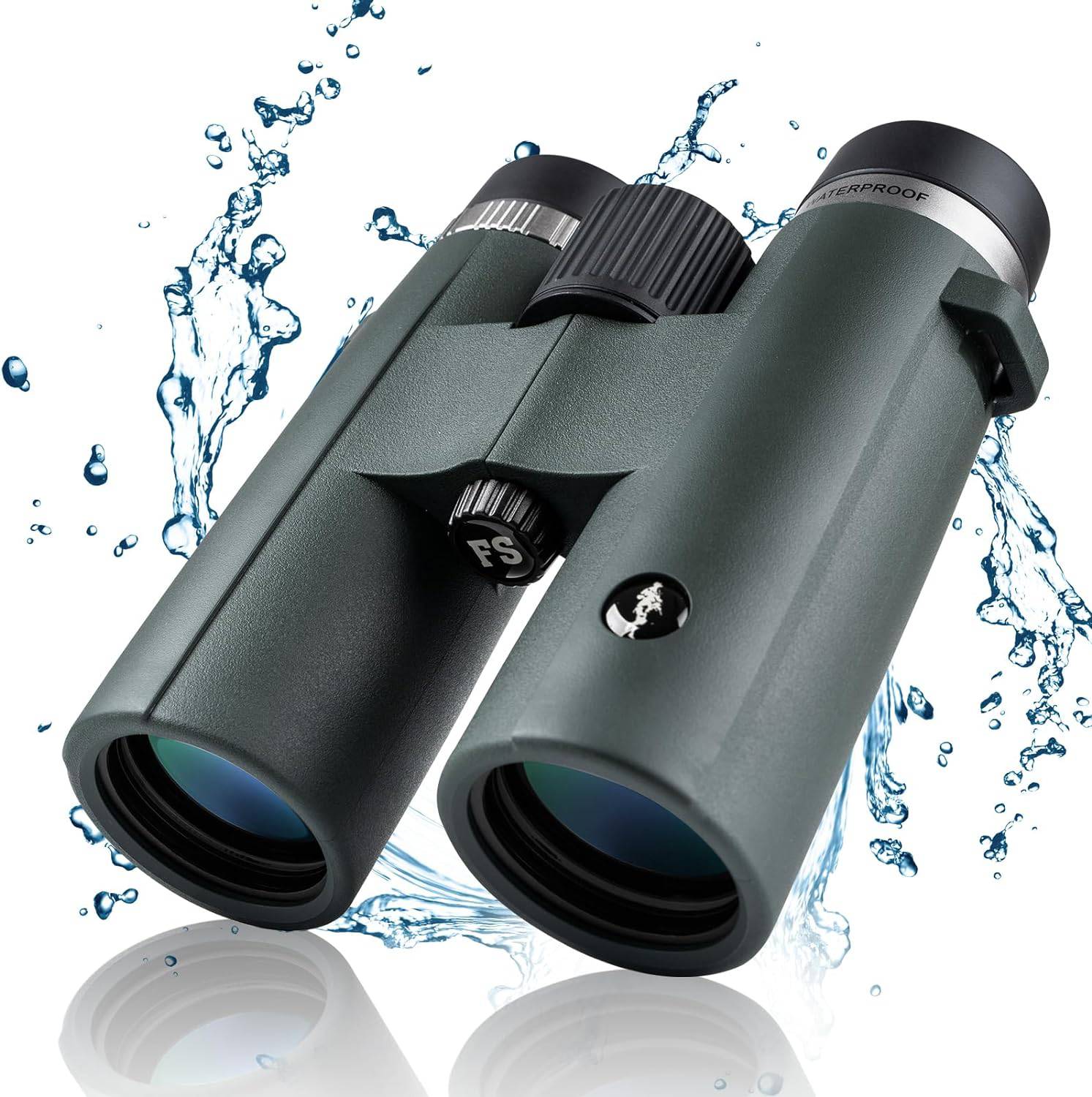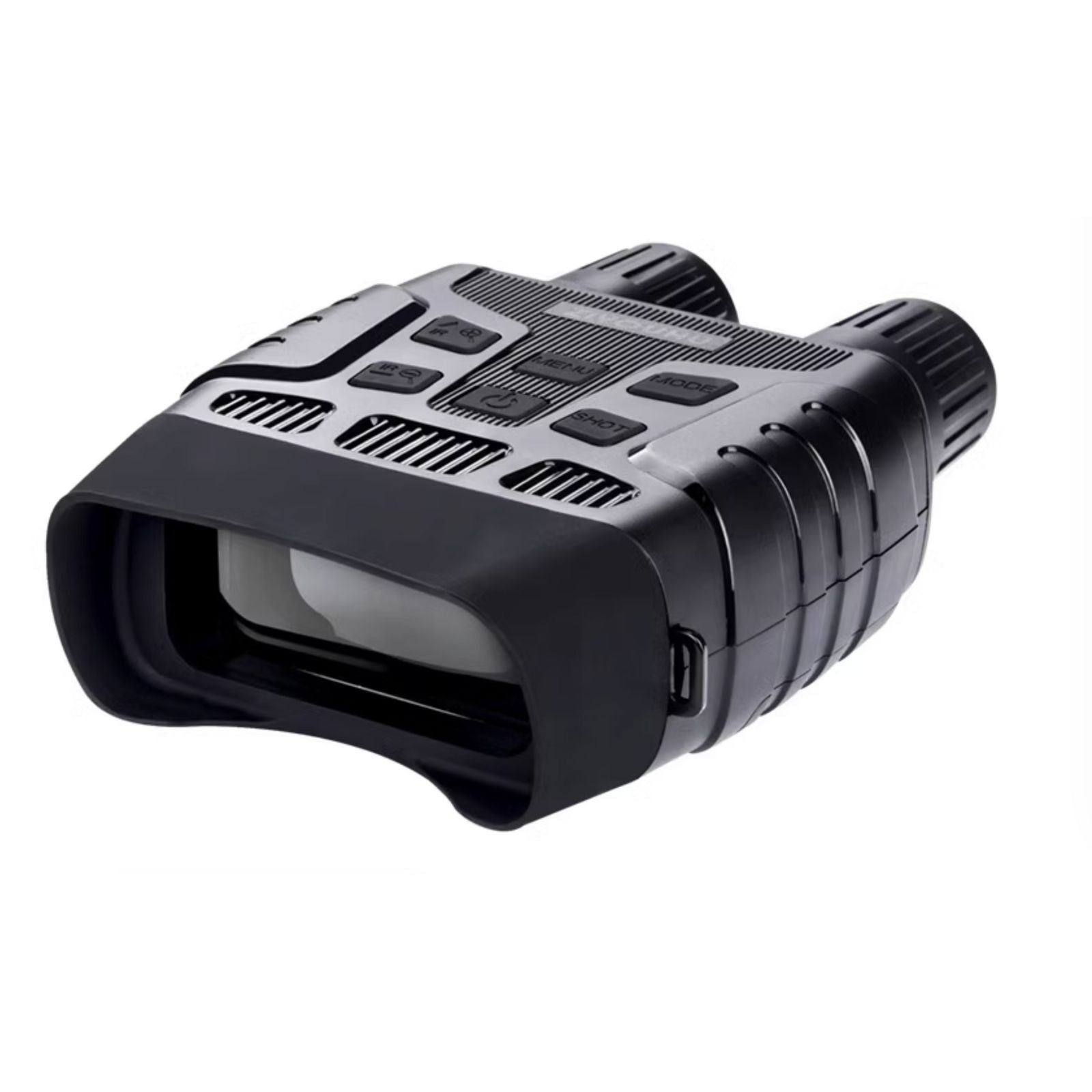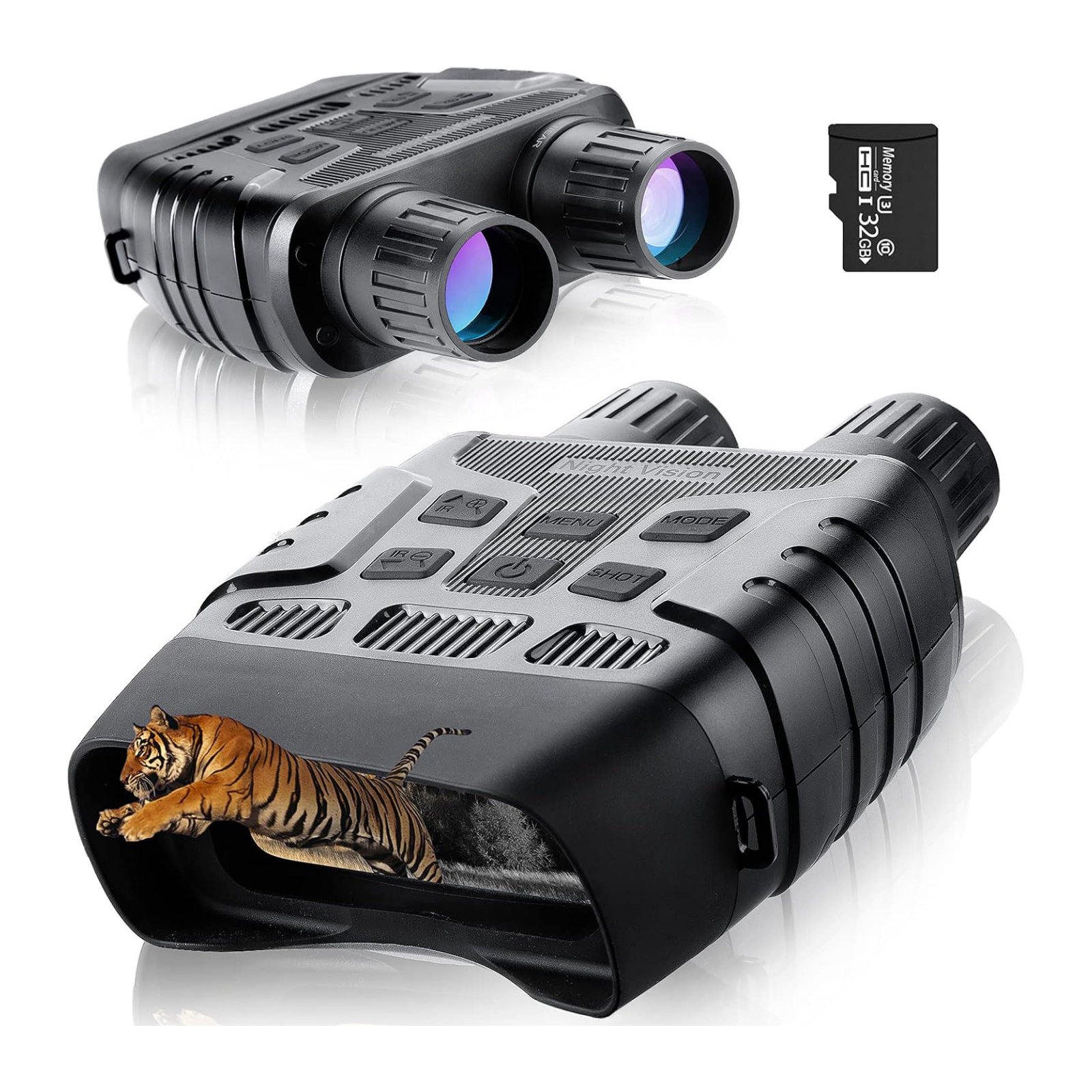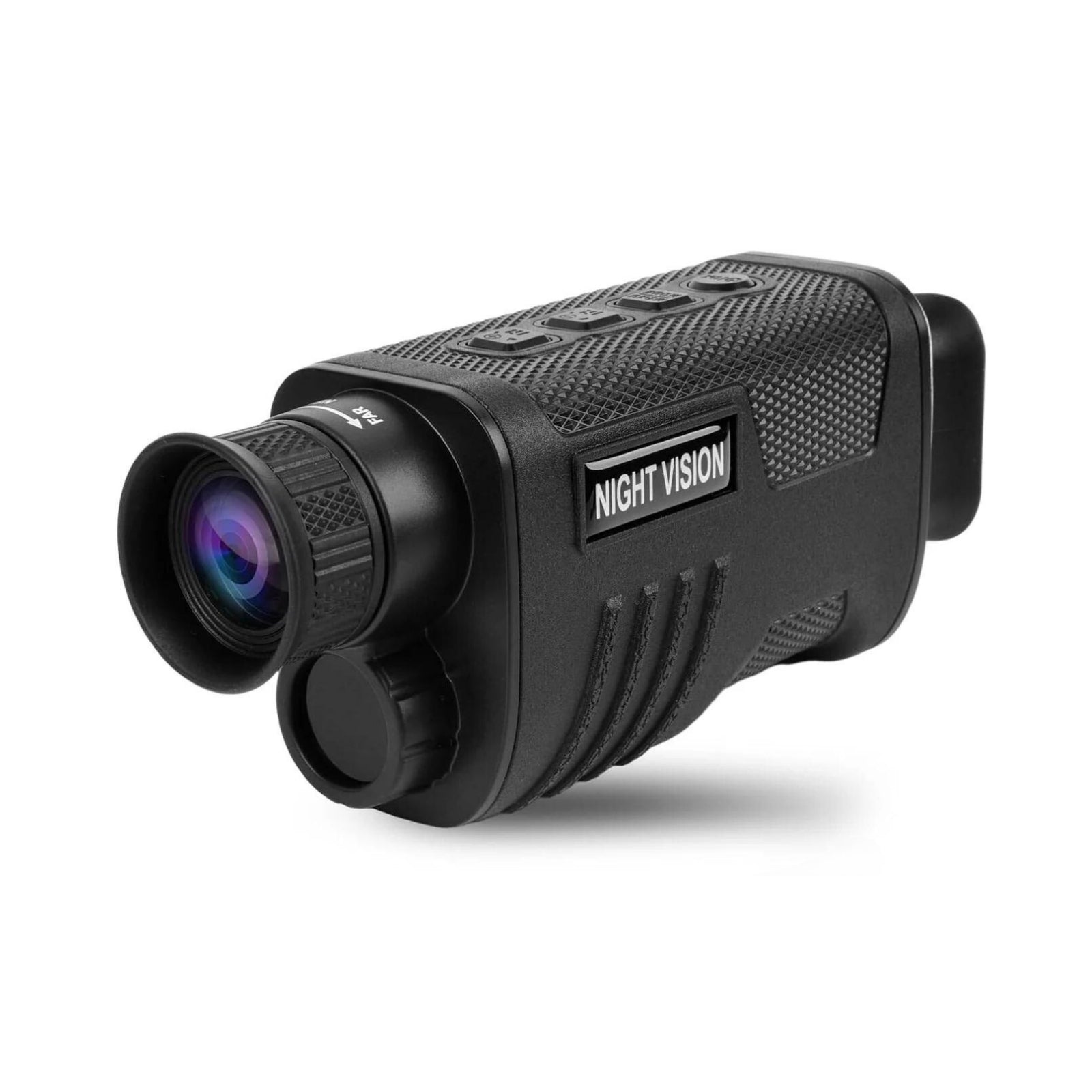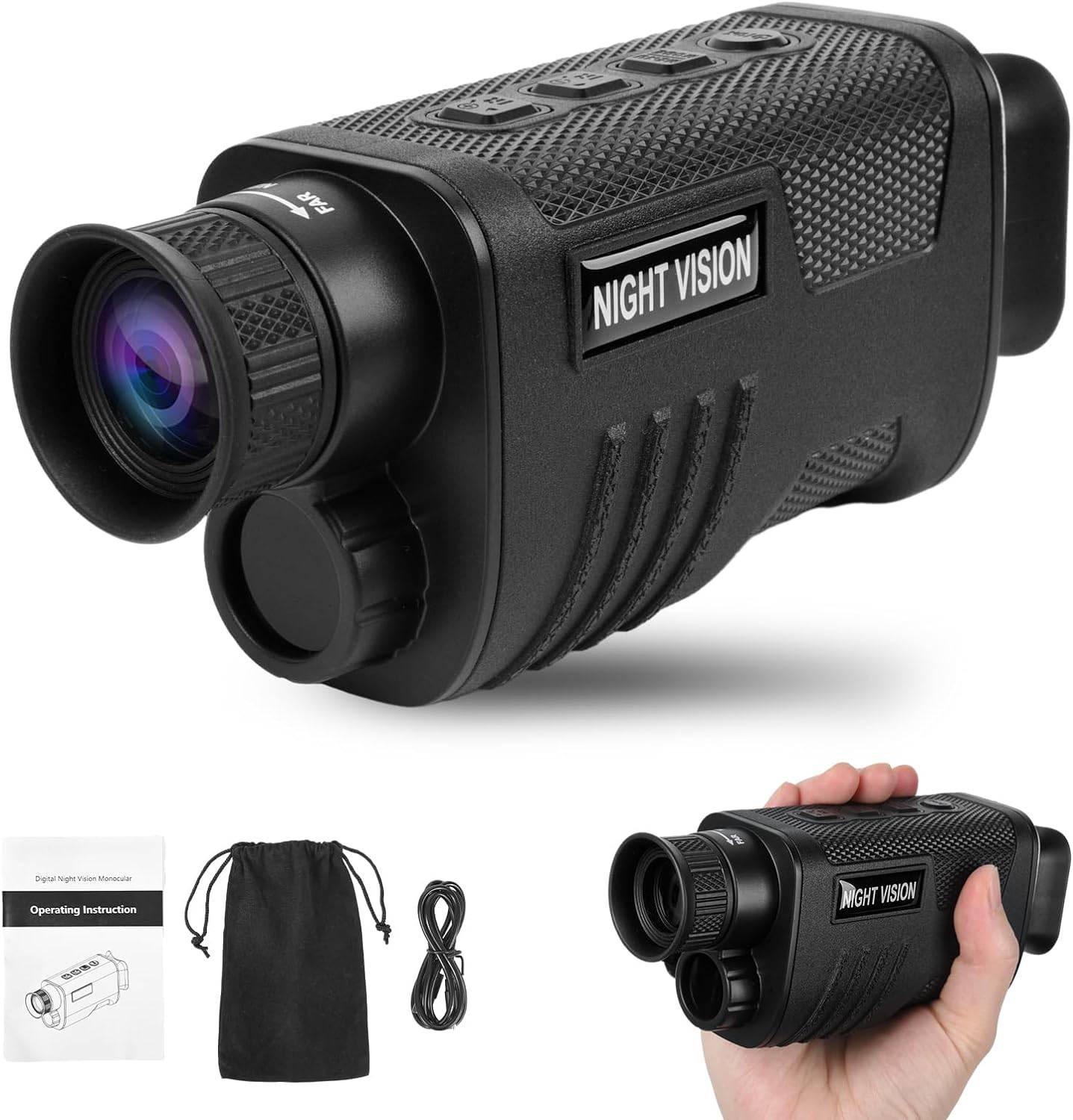What is Roof & Porro?
In the context of binoculars, “Roof” and “Porro” refer to the two main types of prism designs used to direct light through the optical system. Each design has its own advantages and characteristics.

Roof Prism Binoculars
Design
Roof prism binoculars have a straight-line optical path, meaning the eyepieces and the objective lenses are aligned. For example, our 12×42 Waterproof HD Binoculars features a more compact and streamlined design.
Advantages: |
Disadvantages: |
|
More compact and lighter, making them easier to handle and carry. |
More expensive to produce due to the precision required in aligning the prisms. Slightly lower light transmission and image quality compared to Porro prisms of the same size and quality. |
Porro Prism Binoculars
Design
Porro prism binoculars have an offset optical path, with the eyepieces and objective lenses not aligned. This design gives them their characteristic “Z” shape, just like our 20x50 EXPLORER High-Power Binoculars.
Advantages: |
Disadvantages: |
|
Generally provide a wider field of view and better depth perception. Often offer better light transmission and image quality for the same price point, due to the simpler design of the prisms. |
Bulkier and heavier compared to roof prism binoculars.Can be less durable and more prone to misalignment if dropped or knocked, due to the more complex internal structure. |
In summary, roof prism binoculars are compact, lightweight, and durable, making them ideal for outdoor activities. Porro prism binoculars offer better image quality and a wider field of view but are bulkier and less durable. Choose based on your specific needs and preferences.




